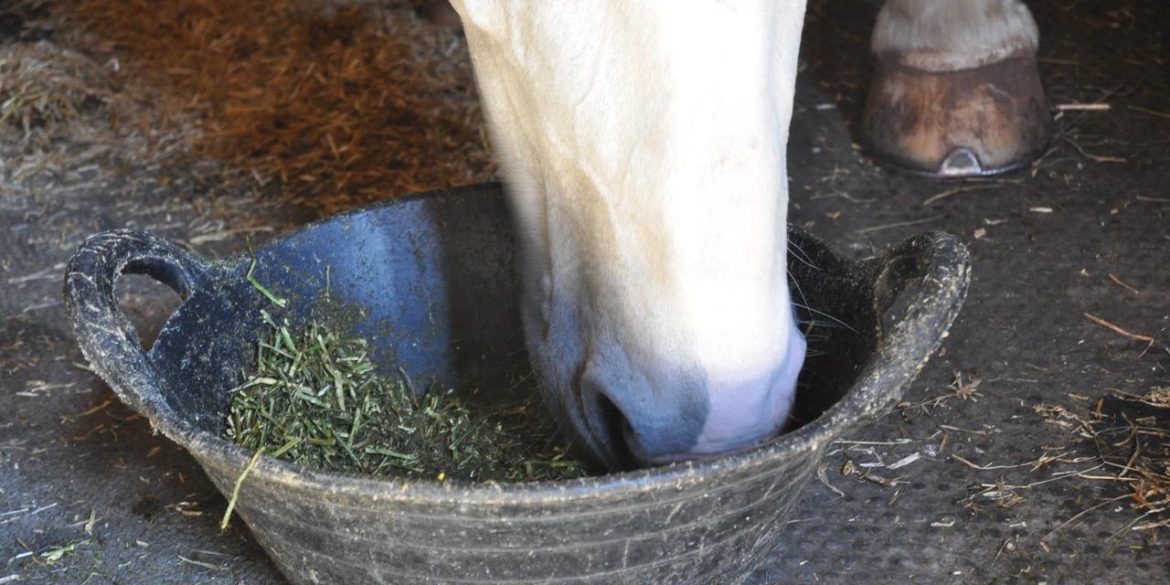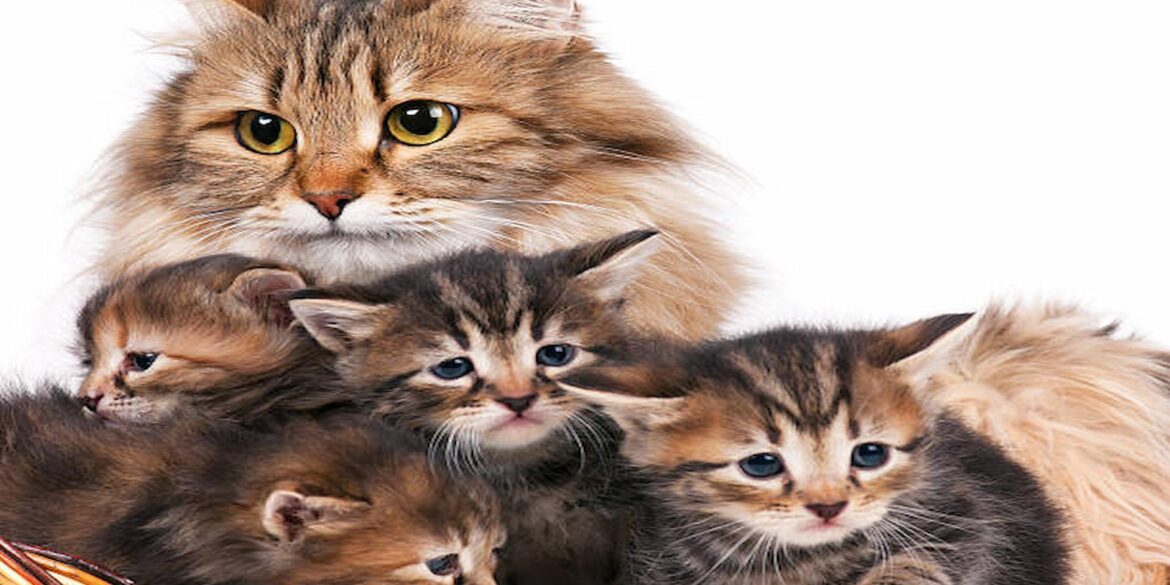With the spring/summer season here, we can all look forward to brighter days again, but if you’re a horse owner, this time of year can bring other concerns with it. Whilst we welcome the increased sunshine throughout the longer days, the effect of this on grass and plants can be potentially hazardous for grazing horses. To the untrained eye, the healthier growth and look of spring grass and flora may seem like a benefit to your horse with plenty to graze on compared to the winter months, however, the health effects can be much more damaging. Here, we’ll look at why a horse’s diet needs to be carefully monitored during this season and the potential impact it can have on horses preparing for competition.
Preventing Pasture Associated Laminitis
The springtime sun will bring with it extra growth in fields of both fauna and grass and other species of plants such as herbs, however, the increase in photosynthesis will accelerate the production of sugar and fructans in the grass. some plants. The effects of this on a grazing horse means a higher sugar starch intake which can cause a disruption to the hormones that regulate levels of blood sugar such as insulin. In addition, better quality grazing can result in excessive weight gain which is reflected by the fact that obesity is a significant issue in the UK population of leisure horses.
that is poorly digested by horses, fuelling obesity. Obesity and metabolic disruptions This can eventually lead to serious health issues such as laminitis. With it being a particularly debilitating disease for a horse, laminitis affects the sensitive layer of the hoof, inflaming the area causing inflammation of the laminae which are trapped by the hoof capsule and so can’t expand causing the horse immense pain. As a horse owner, you’ll want to prevent this from happening, and the best way to do so is by controlling their feeding habits and strict dietary management utilising horse food that is high in fibre and low in sugar and starch. This way, you can provide horse food that is highly nutritious, low in starch and high in fibre.
One of the main reasons for horses developing laminitis is overeating, with obesity in particular a rising problem, 70% in some horse populations.
Restricting pastures during spring is the best way to effectively manage the situation. This will avoid the horse consuming too much of the rich spring grass and should help to keep them at a healthy weight. Implementing careful timing of turn out is also an important way to limit sugar intake. Grass plants make sugar when they have light, water and the temperature is above 5 C. Overnight the plant uses up sugar as there is no light to make more and so the levels of sugar in the grass tend to drop. This means turning a horse out late at night and bringing off the grass by early to mid-morning is ideal in the springtime.
Alternatives to grass
Bringing the horse into the stable or only allowing them access to small areas of grazing means they need an alternative source of fibre to ensure their basic dietary requirements are met. Low sugar forages such as hay and straw in moderation can be used instead. Soaking hay is also recommended if practical to do as it helps to remove some of the soluble sugars.
Which horse food should I use?
Just as if your or I were on a diet we still need vitamins and minerals to keep us healthy, so does a horse. Horse foods called balancers are a great way to provide essential nutrients needed for good health without lots of sugar or calories. This can be mixed into a low sugar chaff so it lasts a bit longer. Vitamin and mineral supplements are a cost-effective alternative too. Supplying these nutrients are even more important if the horse is going to be doing some competitions too.
keep their diet monitored throughout the season. An effect of the Spring weather is that the nights tend to be cooler, aiding in sugar and fructan production. For horses that graze early in the morning, this can be particularly hazardous, so choosing the right time of day is important.
Competition Time
With the weather improving and restrictions that we’ve seen over the last year easing, this means a return to competition and events. To ensure that your horse is in the best condition going into this time, being aware of pasture associated laminitis and obesity is crucial. Knowing which breeds are more susceptible to laminitis helps, such as Arabians and Andalusians, as you can take steps to manage their pasture habits and diet sooner.
It’s recommended those breeds more susceptible should forage for no less than 1.5% of the horse’s body weight per day. Restricting a competition horse from excessive pasture is key for maintaining a healthy weight. This can be achieved through the right choice of horse feed and ensuring where they graze is also managed. Mowing the grass regularly will stop the accumulation of starch too, meaning less for horses to graze on.
Pasture associated laminitis can be avoided if the right attention and monitoring are put in place to restrict grazing during Spring. Balance this with only the healthiest horse feed and you’ll have a healthier, happier horse to manage.


